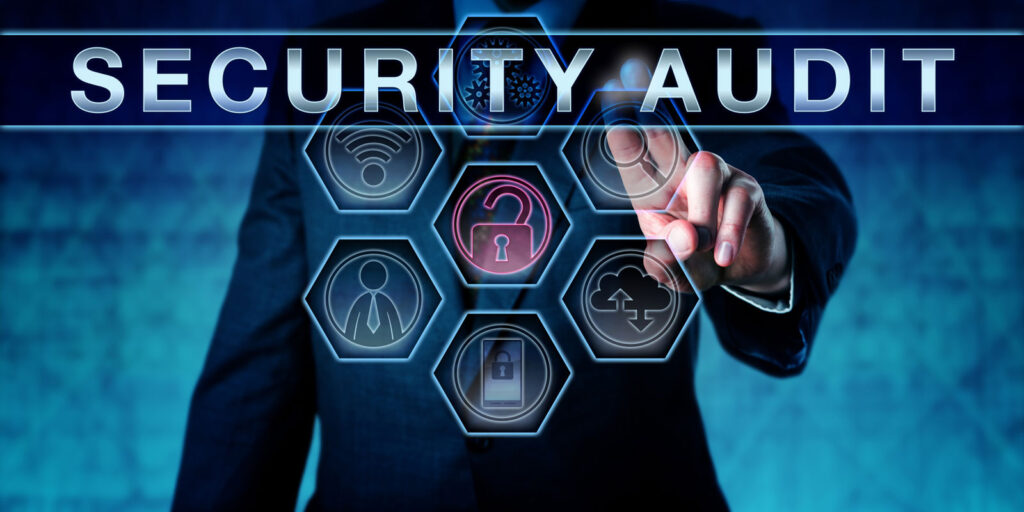
Status: Condensed Summary
Author: Shahab Al Yamin Chawdhury
Organization: Principal Architect & Consultant Group
Research Date: February 9, 2024
Location: Dhaka, Bangladesh
Version: 1.0 (Summary)
Executive Summary
The Information Systems (IS) auditing profession faces a seismic transformation driven by relentless technological innovation and a complex global risk environment. This document summarizes a strategic blueprint for navigating this new reality. It re-examines foundational audit principles for the digital age, offers actionable methodologies for auditing emerging technologies (Cloud, AI, Blockchain, IoT), and presents a data-driven case for transforming the IS audit function. The core message is that IS auditors must evolve from retrospective compliance checkers to proactive, forward-looking strategic advisors to remain relevant and deliver indispensable assurance.
Part I: The Unchanging Core in a World of Change
While the technologies under review are new, the foundational principles of auditing—Integrity, Objectivity, Professional Competence, Confidentiality, and Professional Behaviour—remain the bedrock of trust. However, their application must be modernized. Objectivity now includes ensuring the impartiality of AI audit tools, and Competence demands continuous, deep technical upskilling in emerging domains.
The auditor’s work is guided by a superstructure of converging global frameworks:
- COBIT 2019: For the enterprise governance and management of I&T.
- ISO/IEC 27001:2022: The standard for implementing an Information Security Management System (ISMS).
- ISACA ITAF, 4th Edition: Defines how to conduct an IT audit engagement.
- IIA Global Internal Audit Standards (2024): Sets the professional practice standard for internal audit, now including mandatory Topical Requirements for high-risk areas like cybersecurity.
A mature assurance function uses these frameworks in concert to link audit activities directly to enterprise risk and strategic goals.
Part II: The New Frontier: Auditing the Technological Revolution
Auditors must develop new methodologies to provide assurance over transformative technologies.
1. The Cloud Imperative
- Core Challenge: The shift from on-premise hardware to the cloud dissolves traditional perimeters and introduces the Shared Responsibility Model, a common source of control gaps.
- Audit Focus:
- Validate governance over the Cloud Service Provider (CSP) by reviewing their third-party attestations (e.g., SOC 2 reports).
- Audit the customer’s configuration of Identity & Access Management (IAM), data encryption, and network security groups.
- Assess the security of Infrastructure as Code (IaC) pipelines, as a single code vulnerability can be replicated across the environment.
2. The AI Conundrum
- Core Challenge: AI presents a dual reality—it is both a powerful audit tool and a complex audit target, introducing risks of algorithmic bias, opacity (“black box” models), and novel security vulnerabilities.
- Audit Focus:
- Leverage governance frameworks like the NIST AI Risk Management Framework (AI RMF).
- Assess training data for bias and test model outputs for fairness across different demographic groups.
- Review model explainability techniques and governance processes for high-impact AI systems.
- Evaluate controls over GenAI usage to mitigate risks of “hallucinations” and intellectual property infringement.
3. The Distributed Trust Paradigm (Blockchain)
- Core Challenge: Blockchain shifts trust from intermediaries to the underlying protocol, creating risks in governance, smart contract code, and private key management.
- Audit Focus:
- Audit the controls around cryptographic private key generation, storage, and access.
- Perform security audits of smart contract code to identify vulnerabilities that could lead to financial loss.
- Assess the governance model of the blockchain protocol itself.
4. The Hyper-Connected Edge (IoT)
- Core Challenge: Billions of connected devices create a massively expanded attack surface, with many devices being insecure by design and deployed in physically accessible locations.
- Audit Focus:
- Conduct a multi-layered review: Hardware (tamper-proofing), Firmware (hardcoded secrets), Communications (encryption), and Backend (cloud security).
- Critically assess the security of the device lifecycle, especially the Over-The-Air (OTA) update mechanism.
- Scrutinize the organization’s supply chain risk management program, as device security is dependent on manufacturer practices.
Part III: The Strategic Response: Transforming the IS Audit Function
The Economic Imperative
Data from the 2024 Ponemon/IBM Cost of a Data Breach Report provides a compelling financial case for control investment.
- The average cost of a data breach has reached an all-time high of $4.88 million.
- Organizations with extensive use of Security AI & Automation saved an average of $2.2 million per breach.
- This data allows auditors to translate control weaknesses into quantifiable financial risks, elevating the conversation with leadership.
The Auditor of 2025: A New Model
The traditional generalist auditor is obsolete. The future requires a “polymath” with a blend of skills and a mature operational model.
- Evolving Competencies: Audit teams need deep technical specialists (in cloud, AI, etc.), data scientists, and strategic communicators with strong business acumen.
- Maturity Model: The audit function must evolve from an initial, compliance-focused stage to an optimizing level, characterized by predictive risk sensing, AI-driven continuous assurance, and the delivery of forward-looking strategic advice.
Strategic Imperatives for Leadership
- Embrace “Audit-by-Design”: Integrate audit as a proactive advisor into technology development lifecycles.
- Invest in a Poly-Skilled Talent Model: Build a portfolio of deep specialists through hiring, co-sourcing, and robust upskilling.
- Adopt an Integrated GRC Mindset: Synthesize frameworks (COBIT, NIST, ISO) to create a holistic, risk-based assurance approach.
- Quantify Risk, Justify Investment: Use industry data to translate audit findings into compelling financial business cases.
- Champion a Culture of Digital Trust: Position IS audit as the guardian of the organization’s ability to operate its digital ecosystem securely, reliably, and ethically.